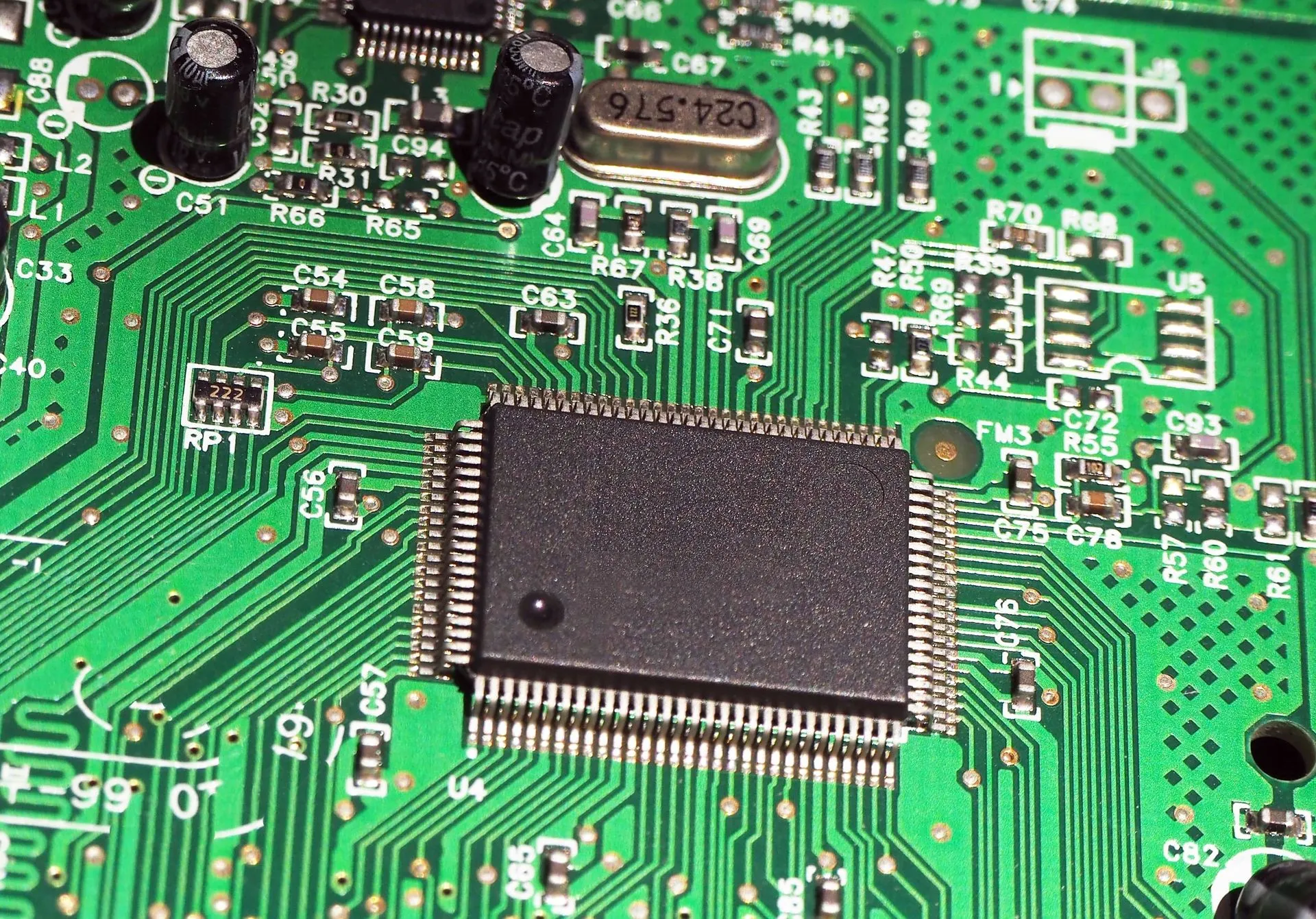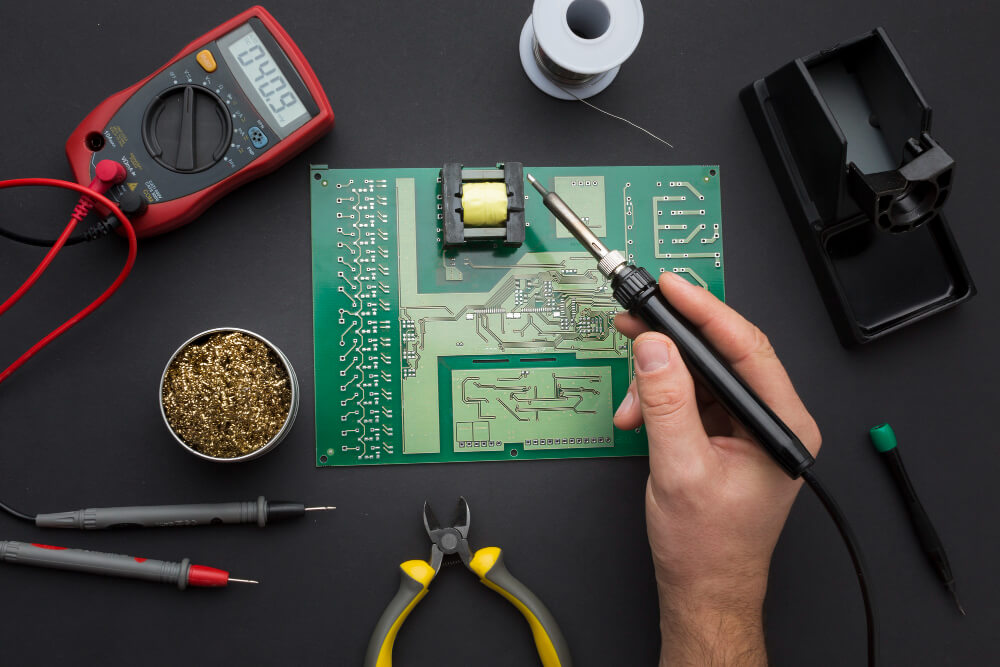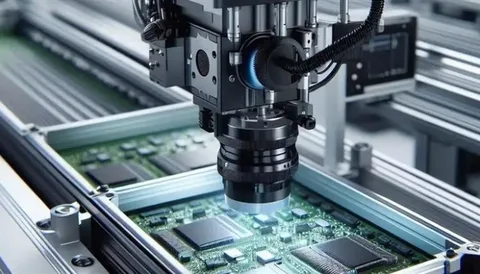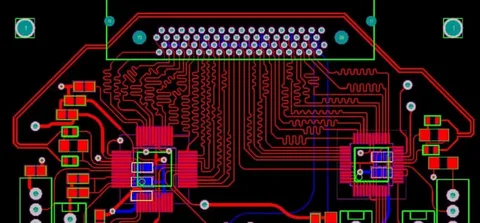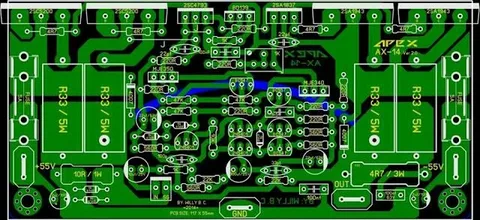In the fast-paced world of electronics manufacturing, precision, consistency, and efficiency are crucial for delivering high-performance printed circuit boards (PCBs). Among the many soldering techniques used in the industry, Selective and Wave Soldering stand out as two of the most reliable and advanced solutions for through-hole and mixed-technology assemblies.
This article explores the principles, benefits, applications, and distinctions between Selective and Wave Soldering, while offering insights into how these automated soldering techniques enhance manufacturing outcomes, quality assurance, and long-term reliability of electronic devices.
What is Selective and Wave Soldering?
Selective and Wave Soldering: are automated PCB soldering processes designed to attach components—especially through-hole devices—securely to a PCB. While both methods serve similar functions, they differ significantly in execution, control, and precision.
Wave Soldering
Wave soldering is a high-speed process that involves passing the entire underside of a PCB over a wave of molten solder. It is ideal for boards with a large number of through-hole components and is commonly used in mass production. The molten solder forms strong joints between component leads and the PCB pads.
Selective Soldering
Selective soldering is a more precise and controlled method that targets specific areas of a PCB. This is especially beneficial for boards that combine surface-mount technology (SMT) with through-hole components. It uses programmable nozzles or mini-waves to solder only designated points, reducing thermal stress and preventing damage to heat-sensitive parts.
Why Choose Selective and Wave Soldering?
As electronics become more compact and complex, manufacturers need soldering solutions that can handle diverse layouts, mixed technologies, and tight tolerances. Selective and Wave Soldering services offer numerous benefits:
1. Consistency and Precision: Automated soldering minimizes human error, ensuring repeatability and consistent solder joint quality. Selective soldering, in particular, provides pinpoint accuracy for challenging component layouts.
2. High Throughput: Wave soldering excels in high-volume production environments, dramatically speeding up the soldering process compared to manual methods.
3. Adaptability to Complex Designs: Selective soldering can accommodate dense assemblies with a mix of SMT and THT components, where traditional wave soldering may be impractical.
4. Enhanced Thermal Control: Selective soldering allows better heat management, which is essential when working with sensitive components or multilayer PCBs.
5. Cost-Efficiency: By reducing manual labor and improving first-pass yield, these soldering methods contribute to lower production costs and higher ROI.
The Selective and Wave Soldering Process
Understanding the workflow for each technique helps manufacturers choose the best option for their project’s needs.
Wave Soldering Process
- Flux Application: A liquid flux is sprayed on the PCB to remove oxides and enhance solder flow.
- Preheating: The board is preheated to prevent thermal shock and promote even soldering.
- Solder Wave Contact: The PCB passes over a wave of molten solder, which forms joints on exposed metal pads.
- Cooling: The board is cooled to solidify the solder joints and prevent defects like cracking.
Selective Soldering Process
- Fluxing: Flux is precisely applied only to the target solder joints.
- Preheating: A preheating stage ensures thermal balance to prevent warping.
- Soldering: A programmable nozzle or mini-wave delivers molten solder to specific pins or pads, creating clean, isolated joints.
- Cooling and Inspection: The board cools down, followed by automated optical inspection (AOI) for quality assurance.
Applications of Selective and Wave Soldering
Selective and Wave Soldering services are widely adopted across a variety of industries due to their adaptability and performance. Key applications include:
Automotive Electronics: Automotive PCBs are subject to vibration, extreme temperatures, and environmental stress. These soldering techniques are used to ensure rugged and reliable connections in ECUs, sensors, and lighting modules.
Industrial Controls: Control systems often require mixed-technology PCBs with robust connections. Selective soldering ensures that only necessary through-hole components are soldered without affecting nearby SMT parts.
Consumer Electronics: Smartphones, appliances, and wearables use compact PCBs with complex layouts. High-speed soldering services help manufacturers keep pace with demand while maintaining quality.
Medical Devices: Life-critical electronics demand flawless performance. Selective soldering is ideal for medical devices where thermal sensitivity and precision are paramount.
Aerospace and Defense: High-reliability applications in satellites, avionics, and military systems benefit from the repeatability and tight process control offered by these soldering techniques.
Comparing Selective and Wave Soldering
Choosing between Selective and Wave Soldering depends on the design complexity, production volume, and component layout.
| Feature | Wave Soldering | Selective Soldering |
|---|---|---|
| Best For | High-volume, simple designs | Mixed-tech, low-to-mid volume assemblies |
| Precision | Moderate | High |
| Suitable for SMT/THT Combination | No | Yes |
| Heat Control | Moderate | Excellent |
| Setup Time | Short | Longer (due to programming) |
| Cost per Unit (High Volume) | Lower | Higher |
Advantages of Partnering with a Professional Soldering Service Provider
Outsourcing Selective and Wave Soldering to experienced professionals ensures quality, compliance, and efficiency. Here’s what to look for in a soldering service provider:
Certified Technicians: Look for IPC-A-610 or J-STD-001 certified soldering personnel who understand the intricacies of leaded and lead-free soldering.
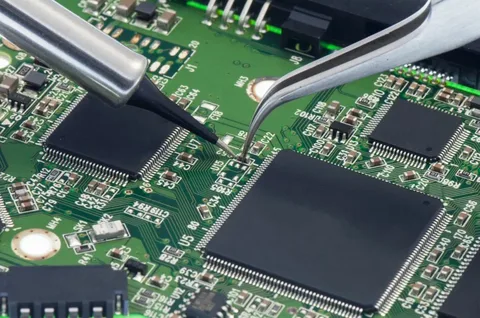
Advanced Equipment: State-of-the-art soldering machines provide better heat profiles, precise control, and lower defect rates.
Quality Assurance: Reliable providers offer in-line inspection, X-ray, and AOI services to validate solder joint integrity and ensure zero-defect output.
Lead-Free Compliance: Choose a provider familiar with RoHS-compliant lead-free soldering processes to meet environmental and regulatory standards.
Scalable Production: From prototypes to full production runs, a reputable partner should accommodate changing volumes without compromising timelines or quality.
Common Challenges in Soldering and How to Avoid Them
Despite the sophistication of Selective and Wave Soldering, challenges can arise if processes aren’t properly managed.
• Solder Bridges: Usually caused by poor wave calibration or excessive solder. Proper machine setup and nozzle alignment help prevent this.
• Cold Solder Joints: Inadequate heat or poor wetting can result in unreliable connections. Preheating and optimized solder temperature are key.
• Component Misalignment: Improper board handling or fixture design can misplace components during wave soldering. Automated conveyors and fixtures minimize this risk.
• Flux Residue: Residual flux can lead to corrosion or signal interference. A thorough cleaning process helps eliminate post-soldering contaminants.
The Future of Selective and Wave Soldering
Technological advancements are continuously pushing the boundaries of Selective and Wave Soldering capabilities. Here’s what’s ahead:
• Smart Soldering Systems: AI-driven equipment can self-adjust parameters in real-time based on sensor feedback, improving yield and reducing operator intervention.
• 3D Soldering Monitoring: Next-generation inspection systems offer real-time, 3D visualization of solder joints to detect defects instantly.
• Eco-Friendly Soldering: Sustainability initiatives are driving the development of energy-efficient equipment and eco-friendly fluxes and solders.
Conclusion
As electronics become more advanced, the demand for reliable, high-performance assembly solutions grows. Selective and Wave Soldering stand out as essential techniques in the electronics manufacturing process, offering unmatched versatility, accuracy, and scalability.
Whether you’re manufacturing automotive control systems, high-density industrial boards, or sensitive medical devices, integrating these soldering methods into your production line ensures superior joint quality and long-term reliability.
When choosing a partner for Selective and Wave Soldering, prioritize experience, technology, and a strong quality control system. With the right expertise and tools, your products will not only meet industry standards—they’ll exceed expectations.

